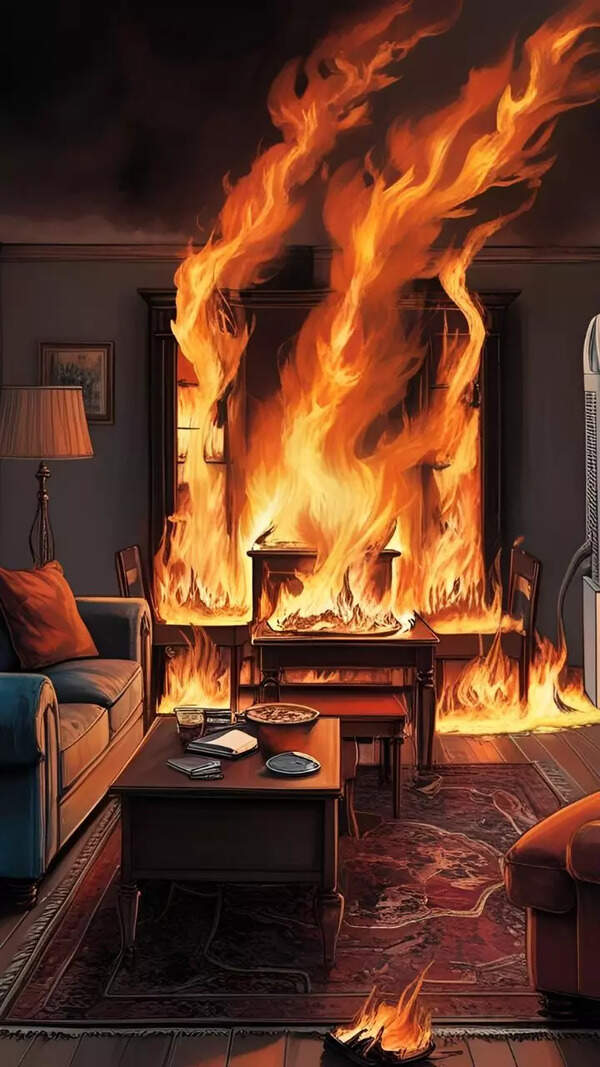- News
- US air-sea platforms for nukes at end-of-service period: Report
US air-sea platforms for nukes at end-of-service period: Report
The US Congressional Budget Office projects that the cost of operating, sustaining, and modernizing US nuclear forces will surge to $946 billion between 2025 and 2034, a 25% increase from the previous estimate. This substantial investment includes modernizing delivery systems, weapons, facilities, and command and control systems. The rise is attributed to the need to replace aging legacy weapon systems and address cost overruns in programs like the Sentinel ICBM.
MUMBAI: The cost to operate, sustain, and modernize current nuclear forces and purchase new ones in the US will shoot up to $946 billion over the 2025-2034 period — 25% higher than the 2023 estimate — which works out to an average of about $95 billion a year, according to the latest estimate of the US Congressional Budget Office.The report released in April shows that the estimate includes $357 billion to operate and sustain current and future nuclear forces and other supporting activities; $309 billion to modernize strategic and tactical nuclear delivery systems and the weapons they carry; $72 billion to modernize facilities and equipment for the nuclear weapons laboratory complex; $79 billion to modernize command, control, communications, and early-warning systems, and $129 billion to cover potential additional costs in excess of projected budgeted amounts estimated using historical cost growth.The report states that the current estimate of costs for the 2025-2034 period is 25% (or $190 billion) larger than its 2023 estimate of $756 billion, which covered the 2023-2032 period. The report states that nuclear weapons have been an important component of US national security since they were developed during World War II.During the Cold War, nuclear forces were central to US defence policy, and a large arsenal was built.
End of Article
Follow Us On Social Media










